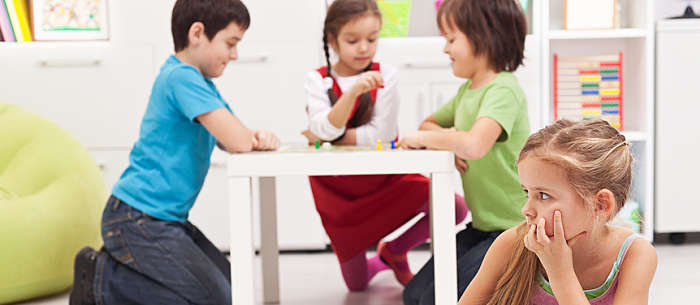The concept of punishments for kids is a hot topic for modern mums and dads. While your parents may have swiftly smacked your backside when you misbehaved, this type of punitive discipline is now known to be completely ineffective.
With a constant parade of ever-changing parenting techniques, discipline practices and must-do tactics for correcting bad behaviors, it’s easy to feel confused at the dizzying array of options. If your head is spinning, start with the do’s and don’ts of discipline.
The Do’s
Set limits instead of punishments. Bottom line — you are your child’s emotional coach even when they are making mistakes! Understanding this helps you set limits rather than punish. Setting limits peacefully is about valuing the relationship with your child over the immediate behavior (like spilling milk, not doing homework, coming home late). It’s about teaching and supporting your child while being clear with your request and letting your child know the limits.
Communicate the Rule
Pediatrician, author, parent educator and creator of EPIC Parenting Tiffanie Noonan says, “My limit is that my son must be connected with me physically when crossing a street. If I were to set a rule, then I may say that he must hold my hand. However, when I set a limit, I let him know the limit there and then. I offer choices about how we can respect the limit and invite him into this exploration process, too. — ‘We need to be connected when crossing the street because the cars are big and you’re smaller and they can’t see you. So you can hold my hand or my skirt or I can hold onto your jacket. Which one?'”
Let nature take its course
Use natural consequences. Allow your child to find out on his own what happens when he misbehaves or acts out. For example, your child goes to his room to ‘study’ math but really watches YouTube on his computer. When he fails his test, he’ll learn a lesson without you having to step in. That said, if your child’s behavior puts him (or anyone else) in danger, step in immediately.
Use time-outs correctly
Time-outs are a tricky tactic for many parents to truly understand. Time-outs give your child the chance to put everything on pause and collect herself while being removed from the situation that’s gotten out of control. Explain to your child what a time-out is and discuss how it can help her to regain self-control.
Be clear
Discuss limits and consequences in age-appropriate ways that your child understands. Remember, you’re the parent and she’s the child.
The Don’ts
Don’t force obedience. Balance choices and autonomy. Setting limits with children is about learning, not obeying.
Don’t shame your child
Punishment is focusing on or stopping the immediate behavior and thinking this is more important than the relationship with the child. Punishment uses fear, shame, guilt and/or manipulation — praise or reward — to control the child’s behavior.
Don’t yell
Do you like it when someone stands over you shouting? Probably not. Your child feels the same way. While it’s easy to lose your cool during a seemingly endless day of tantrums, screaming louder than your wailing child won’t help anyone. Instead of yelling at your child when they won’t put their toys away, set the timer for five minutes, get down on her level and calmly tell them, “You have until the bell rings to help me clean up.”
Don’t give in
You’ve already told your child they can’t have a cookie before leaving the mall. Don’t engage them in a lengthy and public conversation or give in when they throw a tantrum. Simply ignore the behavior for now and tell them it’s time to go.
Don’t get physical
It’s always a no-no — in any situation.
Punishments for kids is a subject that can quickly confuse all parties involved. Understanding what works and what doesn’t saves you and your child from stress, anger and other not-so-nice feelings. Share your discipline approaches with your childcare to ensure you’re both singing from the same sheet.
